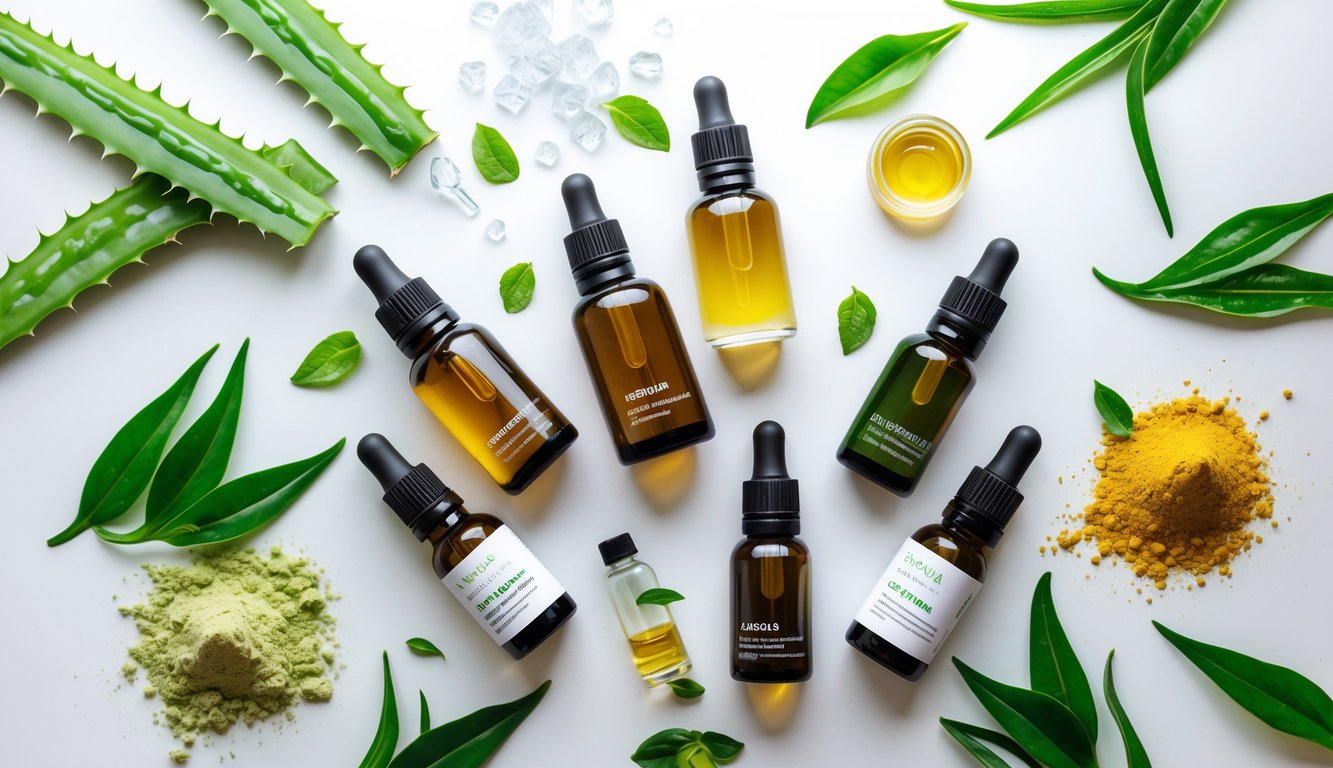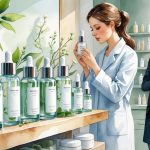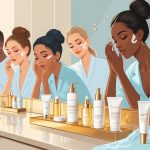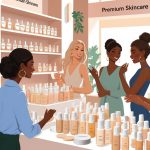Ingredient Lists on Serums Stylists Reveal Most Adults Read Wrong
Common Mistakes Adults Make When Reading Serum Ingredient Lists
What really drives me nuts? People (myself included, honestly) skip the important stuff and just look for “vitamin C” or whatever’s trending. We ignore where it actually shows up. Miss a preservative or mess up a percentage? You just wasted $40 and maybe gave yourself a rash.
Confusing Active and Inactive Ingredients
Trying to pick out the “real” ingredient—niacinamide, retinol, whatever—takes forever. The list is a wall of words, and the “active” might be buried under a pile of fillers. Most people see “active ingredient” and assume it means a huge dose, right at the top. Nope. First five or so ingredients? That’s the real stuff, usually over 80% of the product. If your magic peptide is ingredient #20, don’t expect miracles. And those “inactive” ones, like glycerin? Sometimes they do more than the actives. Dr. Shari Marchbein says the list goes from highest to lowest concentration, so don’t get fooled by fancy labels. I fell for a “vitamin E serum” once that was basically just water and hype.
Misinterpreting Concentrations
Everyone’s obsessed with percentages. “How much alpha arbutin is in yours?” Like I’d know. After the 1% mark, brands can put stuff in any order, so you see “retinol” and think you’re getting a lot, but it might be a trace. People love percent signs, but unless you know the difference between US and EU labeling, or if “ascorbic acid” is 20% or 0.2%, you’re just guessing. A pharmacist I trust says always check the brand’s website for the actual percentage. Otherwise, you’ll end up broke and disappointed. And don’t even get me started on “clinical strength.” What does that even mean? No one knows.
Overlooking Allergens and Preservatives
Okay, real talk: you start a new serum, instantly get itchy or flaky, and then blame your “sensitive skin.” But let’s be honest, it’s probably something like methylisothiazolinone or phenoxyethanol hiding down in the ingredient list, right next to a word you can’t pronounce. Why does nobody read past the first ten ingredients? “Natural” serums? Still packed with random triggers. Essential oils, limonene, formaldehyde releasers—they’re all hanging out, waiting to start drama. My aunt, for example, swore off all serums because they made her rashy. Guess what? Linalool. In every “botanical” formula she bought. It’s always the stuff you don’t notice.
If you know you’re allergic to something (or just get the creeps about parabens or EDTA), chasing after the trendy actives won’t save you if the preservatives are quietly wrecking your skin barrier. I keep telling myself to patch test and read the whole list, but honestly? I miss benzyl alcohol all the time. And those front labels? I wouldn’t trust them for a second.
Key Ingredients Found in Serums and Their Benefits

My bathroom shelf is a mess—serums everywhere, half the labels peeled off, and I swear I don’t even know what half of them do anymore. People get obsessed with “clean beauty” or the latest hype (bakuchiol? Is that still a thing?), but most of these serums use the same handful of ingredients. Nobody reads the back; everyone just wants to see “glow” or “anti-aging” and move on.
Antioxidants: Vitamin C, Vitamin E, and Green Tea Extract
Vitamin C (ascorbic acid, magnesium ascorbyl phosphate, whatever) is in everything, but does anyone care that it goes bad if you leave the lid loose? Brands shout about 15% concentrations, but dermatologists (like Dr. Ranella Hirsch, who honestly seems a little tired of repeating herself) keep saying it’s the formula, not the percentage, that matters. Vitamin E (tocopherol) is there too, mostly to slow down vitamin C from turning brown. My sister can’t remember this, ever. Green tea extract (EGCG) is apparently amazing, but you never hear about it on Instagram. Put them together and you actually get some protection from pollution, sun, and whatever else is out there. People skip these and then wonder why their “brightening serum” does nothing.
Hydrators: Hyaluronic Acid, Glycerin, and Sodium Hyaluronate
Hyaluronic acid looks fancy on the label, but no one talks about the molecule size. Sodium hyaluronate? It actually sinks in deeper. I used to just slap it on dry skin and move on, but every esthetician I’ve met will practically yell that you need to use it on damp skin or you’re wasting your time. (Seriously, I tested it—my face felt like a raisin when I skipped the water.) Glycerin is everywhere but nobody brags about it; it’s the humectant backbone of half the “hydrating” stuff at Target. Thing is, if the air’s dry, these ingredients will just steal water from your own skin and leave you worse off. Ask me about the February I parched my cheeks—no, actually, don’t.
Actives: Retinol, Niacinamide, and Peptides
Retinol? Not just one thing. Brands use all kinds—retinyl palmitate, retinaldehyde, pure retinol—and only a couple really do much. I once heard a chemist say vitamin A derivatives are basically the only anti-wrinkle ingredients with real FDA backing (73 clinical trials, apparently, but who’s counting). Niacinamide is in everything now—even toothpaste?—and it’s supposed to calm redness and help your skin barrier, but if you go over 5%, get ready for irritation. Peptides are a wild card. Collagen boost? Meh. Maybe copper tripeptide does something if you wait months. I always check the INCI list for what’s actually supporting the actives, because if it’s mostly grape juice and perfume, you’re not getting results.



